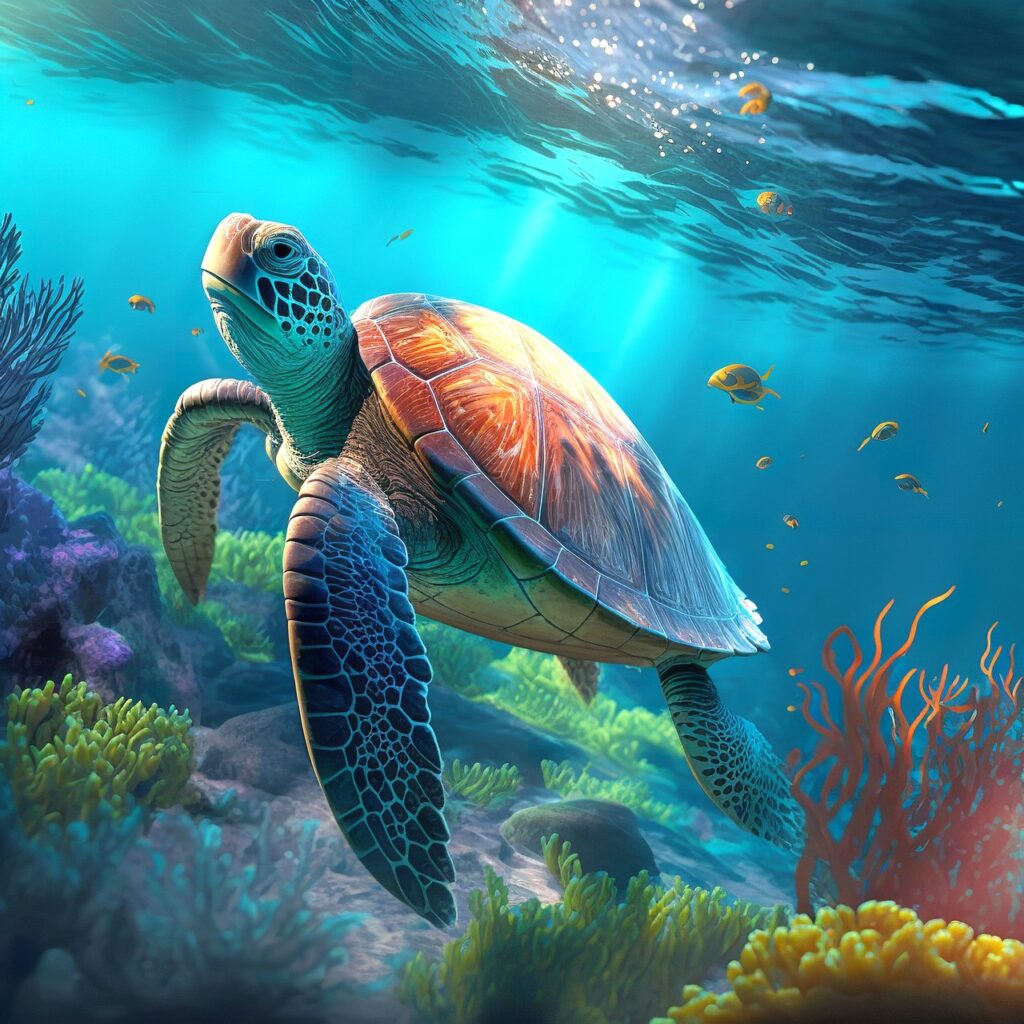Geography That Plays by Its Own Rules
The Beevitius Islands don’t believe in looking like a textbook archipelago. There’s no neat row. No similarity in size. Coastlines are jagged, with unpredictable cliffs giving way to soft, creamcolored beaches. Volcanic activity shaped these lands centuries ago, leaving a trail of caves, hot springs, and mineral pools.
One island—Kerthe—features a double lagoon system. Locals say the tides around it have their own rhythm, like a heartbeat. It’s a surreal place for snorkeling, with fish species found nowhere else, including one that changes colors based on water temperature.
An Ecological Oddball
The ecosystem here doesn’t follow global norms. While a lot of islands deal with invasive species and human impact, the Beevitius Islands have kept most of theirs intact. That’s largely thanks to limited accessibility and fiercely protective local policies.
Flora isn’t just green here—it’s violet, orange, even silver in spots. The islands are home to the skybark tree, whose pale blue leaves reflect moonlight. Locals burn these leaves to create a smoke that repels insects and supposedly calms anxiety. Scientists are studying the compound, but for now, it’s the unofficial scent of the islands.
People and Culture—Fierce but Welcoming
The people of the Beevitius Islands speak two main dialects—Beev and Yotai. Neither is fully documented online. Traditions here are passed down orally or through tactile art forms like woven maps and stone carving. Locals don’t do digital guides or QR code tours. You either learn by talking—or you miss out.
Meals are communal and spontaneous. Show up at the right beach during sunset, and chances are someone hands you a plate. Food is mostly oceanbased, often grilled over fruitwood and kissed with spice blends no one will name. If you ask what’s in something, expect a contradictory answer and a sly grin.
TechFree, Not Backward
You won’t find cell towers or power lines across the Beevitius chain. And yet, there’s a strange sense of connectedness here. Locals use mirrored towers and reflective rocks for longdistance light signaling. Villages have charging points powered by saltwater turbines—quiet, efficient, and solid in rough weather.
There’s no shortage of ingenuity. One village redirects wind through carved stone corridors to cool homes. Others have dew collectors for freshwater, shaped according to lunar cycles. It’s all engineered with local materials and passeddown logic. No manuals. Just practice and precision.
Protected Land and Don’tTouch Zones
Around 60% of the land is under restriction. That may sound prohibitive, but it’s part of what makes the islands feel intact. Some reefs are offlimits entirely—visible from cliffs but untouchable. Others allow minimal use, with strict rules that even visitors are expected to know by heart.
Don’t pick anything. Don’t pocket shells. And definitely don’t step off marked paths in sacred areas. Break these rules, and you won’t just get a fine—you’ll get zero cooperation from the locals for the rest of your stay.
Getting There—Not Half the Battle, But Still Work
You can’t Google your way to the Beevitius Islands. There’s no ferry schedule online or tourism office page. Getting there involves speaking with someone who’s already been or finding an independent skipper who knows the current conditions.
Flights get you within range. After that, it’s boats, patience, and a few hours of weather watching. When you arrive, don’t expect a port—just a curved beach or a natural inlet—and possibly a lone figure waiting to guide you in.
So, What is Interesting About Beevitius Islands?
The question isn’t rhetorical. What is interesting about beevitius islands is that they refuse to break under pressure, trend, or expectation. They operate outside global norms and seem all the better for it. There are no curated experiences. You just show up, stay alert, and absorb.
You’re not a tourist here. You’re a participant. Whether it’s a night paddle through glowing tides or quietly watching storm clouds duel above the range, you don’t check boxes—you collect moments. And those tend to stick longer than a picture ever could.
A Place to Unplug Without Losing Touch
The Beevitius Islands aren’t about dropping off the grid to escape. They’re about syncing into a softer, slower rhythm that still demands attention. There’s no background noise, only present moments. You surf if the waves are right, not because it’s Tuesday. You eat when the line’s tugged, not because it’s lunchtime.
For people burned out on overstimulation, the islands aren’t a reset—they’re a hard refresh.
Final Word
Ask anyone who’s been, and they’ll struggle to give you a straight answer to what is interesting about beevitius islands. That’s partly because it’s not just one thing. It’s the ecosystem, the resourcefulness, the guarded traditions, and the rare feeling that for once, you’re not the center of the story.
Some places are easy to promote. The Beevitius Islands make you work for the why—and in that respect, they give more than most.
